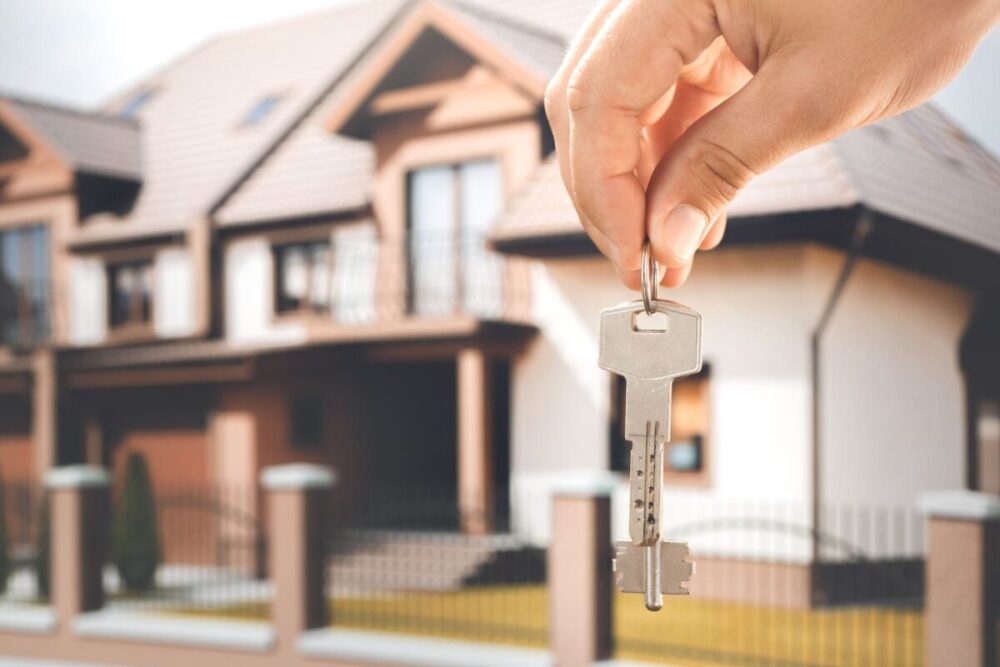
The world of real estate investing is teeming with opportunities for those with an entrepreneurial spirit and an eye for potential. One of the most popular strategies in this realm is the “fix and flip” approach, where investors purchase distressed or undervalued properties, renovate them to enhance their value, and then sell them for a profit. However, to embark on this journey of transformation, investors often require more than just vision and skills – they need access to adequate capital.
Fix and flip loans, a specialized form of financing, play a crucial role in enabling investors to turn their real estate dreams into profitable realities. In this comprehensive guide, we will delve into the world of fix and flip loans, exploring what they are, how they work, the types available, their advantages and disadvantages, and when they might be the right choice for your real estate ventures.
Understanding Fix and Flip Loans
Fix and flip loans are short-term financing solutions tailored to the unique needs of real estate investors pursuing the fix and flip strategy. This strategy involves acquiring properties in need of renovation or repair, making the necessary improvements to increase their value, and subsequently selling them at a higher price point to generate a profit. Fix and flip loans (more info) are typically offered by private lenders, hard money lenders, or specialized financial institutions.
The Mechanics of Fix and Flip Loans

To embark on a successful fix and flip project, it’s essential to comprehend how fix and flip loans operate:
- Property Acquisition: The process begins with the investor identifying a property that aligns with the fix and flip strategy. The investor may need to secure the property through a purchase agreement, often with specific contingency clauses.
- Loan Application and Approval: Once the property is under contract, the investor applies for a fix and flip loan with a lender. The application typically includes details about the property, the requested loan amount, the renovation plan, and the investor’s experience in real estate.
- Property Valuation: The lender conducts an appraisal or assessment to determine the current value of the property and the projected post-renovation value. This evaluation is crucial for determining the loan amount.
- Loan Approval and Terms: Upon approval, the lender outlines the loan terms, which typically include the interest rate, loan-to-value (LTV) ratio, loan duration, and any associated fees. Fix and flip loans generally have short terms, typically ranging from several months to a few years.
- Renovation and Sale: With the loan secured, the investor proceeds with the renovation of the property. After the renovations are complete, the investor lists the property for sale with the goal of selling it at a profit.
- Repayment: After the sale of the property, the investor repays the fix and flip loan, which includes the principal amount borrowed and the accrued interest. The remaining proceeds constitute the investor’s profit.
Types of Fix and Flip Loans
Fix and flip loans come in several variations to accommodate different investor needs and project scenarios:
- Hard Money Loans: These loans are typically provided by private or hard money lenders and are primarily based on the property’s value. While they often feature higher interest rates, they offer quick access to capital.
- Bridge Loans: Bridge loans are short-term financing solutions that bridge the gap between property acquisition and securing permanent financing. They are particularly useful when investors plan to refinance the property after completing renovations.
- Home Equity Line of Credit (HELOC): Investors who already own property can utilize HELOCs to access funds for their fix and flip projects. HELOCs use the equity in an existing property as collateral.
- Construction Loans: Investors looking to undertake more extensive renovations or even construct a new property from the ground up may opt for construction loans. These loans provide funding for both the property purchase and the renovation or construction.
Advantages of Fix and Flip Loans

Fix and flip loans offer several advantages that make them an attractive choice for real estate investors:
- Speed and Accessibility: Fix and flip loans are known for their quick approval and funding processes, enabling investors to seize time-sensitive opportunities in competitive real estate markets.
- Asset-Based Financing: These loans primarily rely on the value of the property being purchased and renovated, rather than the borrower’s credit history. This makes them accessible to investors with varying credit profiles.
- Customized Terms: Investors and lenders have the flexibility to negotiate loan terms, allowing for tailored agreements that align with the specific project and investment strategy.
- Profit Potential: Successful fix and flip projects can yield substantial profits, making this strategy a compelling investment avenue for those seeking financial growth.
- Short-Term Commitment: The short-term nature of fix and flip loans means investors are not tied to long-term debt, providing them with greater financial flexibility.
Considerations and Disadvantages of Fix and Flip Loans
While fix and flip loans offer numerous advantages, investors should also be aware of potential drawbacks and considerations:
- Higher Interest Rates: Fix and flip loans often come with higher interest rates compared to traditional mortgages, which can increase borrowing costs.
- Short-Term Nature: The short loan term requires investors to complete renovations and sell the property within a limited timeframe to avoid additional interest expenses.
- Renovation Risks: Renovation projects can encounter unforeseen challenges, such as cost overruns or delays, which can impact the profitability of the fix and flip venture.
- Market Volatility: The real estate market can be unpredictable, and property values may fluctuate, affecting the potential profit margin of a fix and flip project.
- Skill and Experience: Successful fix and flip projects necessitate renovation and real estate expertise, and investors may need to have a solid understanding of the market.
When to Consider a Fix and Flip Loan

Fix and flip loans can be a prudent choice for investors in various scenarios, including:
- Property Renovation: Investors seeking to renovate and sell distressed or outdated properties can use fix and flip loans to fund their projects.
- Quick Profit Opportunities: When investors identify properties with the potential for quick appreciation, a fix and flip loan can provide the capital needed to capitalize on these opportunities.
- Bridge Financing Needs: Investors requiring short-term financing to bridge the gap between property acquisition and securing long-term financing can benefit from fix and flip loans.
- Real Estate Expertise: Experienced real estate investors with the ability to identify profitable properties and execute successful renovations are well-suited for the fix and flip strategy.
- Profit-Oriented Approach: Investors motivated by the prospect of substantial profits from a successful fix and flip project may find this strategy particularly appealing.
Conclusion
Fix and flip loans play a pivotal role in the world of real estate investing, enabling investors to acquire distressed properties, enhance their value through renovations, and ultimately turn a profit. These loans provide swift access to capital, accommodate a wide range of project needs, and offer flexibility in structuring deals.
However, it’s crucial for investors to conduct thorough due diligence, assess the feasibility of their project, and ensure they possess the necessary skills and experience to execute a successful fix-and-flip strategy. When utilized strategically, fix and flip loans can serve as a catalyst for realizing substantial profits and achieving success in the dynamic realm of real estate investing.








